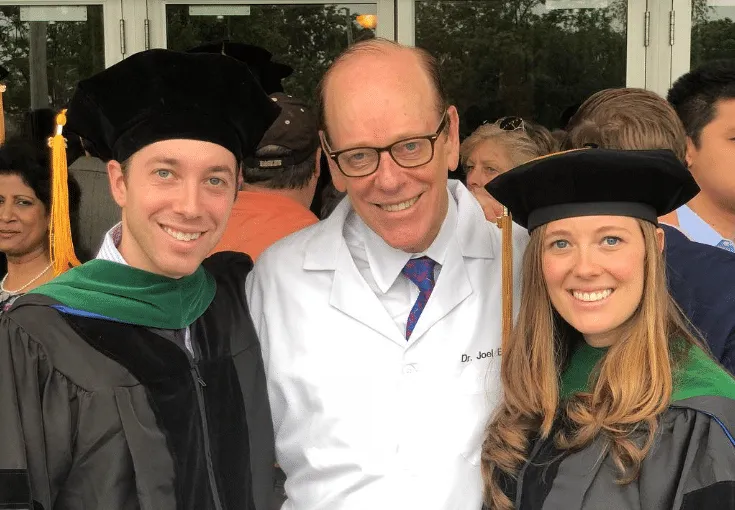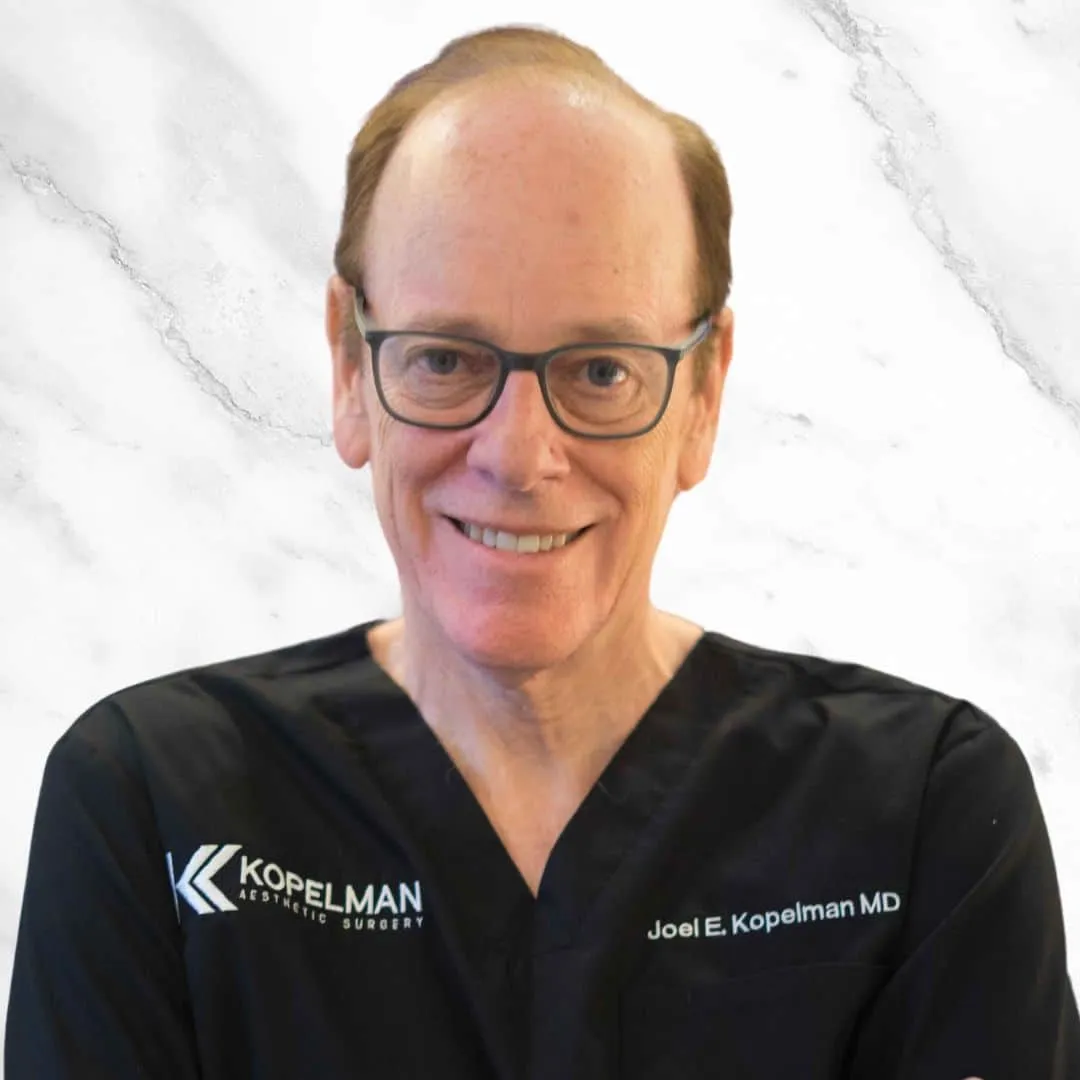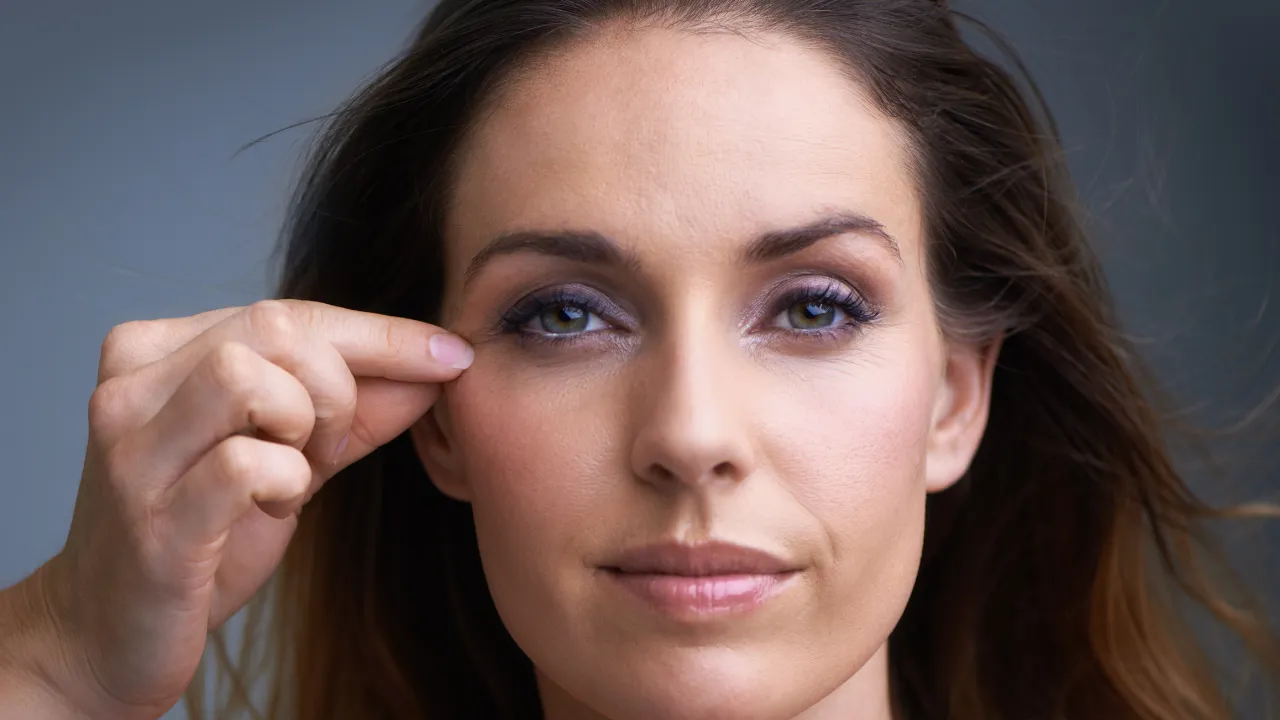Botched Surgery Before and After: Complete Guide
Dr. Joel Kopelman is a leading facial plastic and oculoplastic surgeon in New York City. He has more than 35 years of experience helping patients get safe, natural results. At Kopelman Aesthetic Surgery, many patients seek help after poor outcomes elsewhere. They want clear answers about botched surgery before and after cases.
This guide explains what a botched surgery is, why it happens, and what real cases look like. It also covers risks, solutions, and ways to avoid problems.
Key Takeaways
- Botched surgery happens when results do not meet expectations or cause harm. This may come from poor skill, bad planning, or weak aftercare.
- Real botched surgery before and after cases, including celebrity examples, show both mistakes and successful fixes.
- The effects are more than cosmetic. Patients can suffer pain, stress, and even lasting damage.
- Fixing poor results may need revision surgery or non-surgical care. Prevention with the right surgeon is the safest path.
Understanding Botched Surgery
What Is a Botched Surgery?
A botched surgery is when the outcome is not what was planned. It may cause pain, visible problems, or emotional stress. Common examples are facelifts, eyelid surgery, and breast operations.
Patients often look at botched before and after pictures online. These show how results can change based on surgeon skill, recovery, and planning.
Why Surgeries Go Wrong
Poor results can happen for many reasons:
- Lack of surgeon training or certification.
- Patients expecting more than surgery can give.
- Healing issues like infection or scarring.
- Choosing the wrong procedure for the patient.
Most failures come from a mix of these problems, not just one.
What Happens if Surgery Is Botched?
Patients may feel pain or see uneven results. They may lose movement in some areas or feel unhappy with their appearance. Many will need another surgery or other care. Seeing a skilled surgeon like Dr. Kopelman early is the best step.
Statistics on Botched Surgeries
Studies show that about 10–15% of cosmetic surgeries need a revision. Eyelid and nose surgery have higher risks. The chance of failure is greater when patients travel abroad, often due to poor follow-up care. This proves how important it is to pick a certified surgeon.
Real Before and After Cases
Botched Plastic Surgery Before and After Pictures
Photos of botched plastic surgery before and after show scars, uneven results, or tight skin. They also show how expert revision surgery can restore a natural look.
Failed Plastic Surgery Cases
Examples include drooping eyelids after eyelid surgery or tight faces after facelifts. These problems highlight the need for skilled surgeons, especially for revision work.
Celebrity Plastic Surgery Fails
Some celebrities have had too many procedures, leading to dramatic or unnatural looks. Media often shows these cases, but they are warnings more than guides.
What Patients Can Learn from Celebrity Mistakes
Celebrity mistakes teach useful lessons. Too many surgeries or choosing the wrong doctor often cause poor results. Subtle changes, careful planning, and expert care give the best outcomes.
Top 10 Worst Plastic Surgery Results
Lists online show extreme cases where patients had lasting harm. These cases are rare but remind us that surgery carries risks. Choosing the right doctor reduces those risks.
- Overfilled lips – Results that look unnatural and cause speech or eating problems.
- Excessive facelifts – Skin pulled too tight, leaving a “wind-swept” look.
- Uneven breast implants – Different sizes or shapes leading to a visible imbalance.
- Collapsed nose after rhinoplasty – Breathing issues and distorted appearance.
- Too much eyelid skin removal – Difficulty closing eyes, dryness, and discomfort.
- Scarring after tummy tuck – Thick, visible scars that affect confidence.
- Cheek implants gone wrong – Asymmetry or shifting of the implants.
- Excessive liposuction – Irregular fat removal causing dents or uneven skin.
- Frozen look from Botox misuse – Lack of facial expression and unnatural appearance.
- Extreme weight loss surgery complications – Sagging skin, infection, or poor healing after rapid weight changes.
Notable Botched Surgery Cases
One case showed eyelid surgery that made it hard to close the eyes. Another facelift left the face too tight and needed revision. Thick scars and visible implants are other common issues. These cases prove that skilled revision can help restore balance.
The Most Extreme Cases Documented
Some patients had repeat surgeries that caused lasting harm. Others went abroad for cheap surgery and came back with infections. While rare, these stories show why safety is more important than price.
Common Causes vs. Corrective Solutions
Patients often ask why surgeries fail and how to fix them. Common causes and solutions include:
Cause: Poor technique → Solution: Revision surgery with a skilled surgeon.
Cause: Infection → Solution: Medical care and staged correction.
Cause: Heavy scarring → Solution: Scar treatment or laser therapy.
Cause: Too much tissue removed → Solution: Careful revision to restore balance.
This simple view helps patients connect problems to possible fixes.

Consequences for Patients
Emotional and Physical Impact
A botched surgery can cause regret, stress, and low confidence. Some patients also face pain, nerve issues, or breathing problems.
Emotional strain can negatively impact work, relationships, and daily life. This is why careful prevention and expert care are so important.
Recovery and Long-Term Effects
Some patients heal in weeks, while others need years of treatment. Scars, limited movement, or lasting changes may occur. Many need revision surgery to regain normal function and appearance.
Corrective and Revision Options
Surgical Corrections
The most common solution is revision surgery. This may include a second facelift, eyelid revision, or scar removal. Revisions are done only after the first surgery heals.
Non-Surgical Treatments
Fillers, lasers, and scar therapy may improve appearance without surgery. These options help patients who cannot or do not want another operation.
What to Do After a Botched Surgery
If you think your surgery failed:
- See a board-certified surgeon.
- Write down your symptoms.
- Wait until you heal before rushing into another surgery.
- Ask about both surgical and non-surgical options.
Dr. Kopelman advises a quick evaluation to plan the safest path forward.
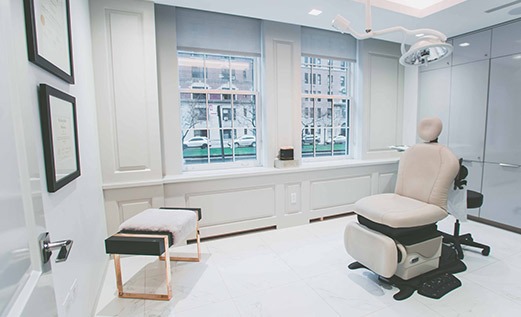
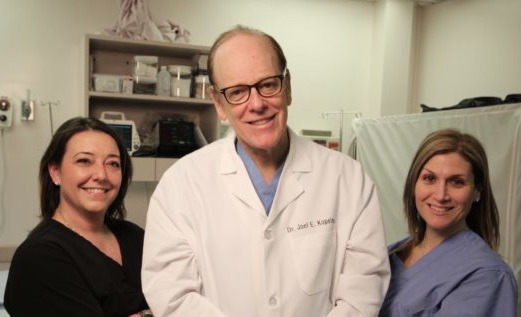

Prevention and Expert Advice
How to Avoid Botched Results
Do research and avoid rushing into surgery. A full consultation ensures your goals and results align. In some cases, patients may seek cosmetic surgery to address issues after major weight loss, which makes surgeon selection and planning even more critical to avoid complications.
Choosing the Right Surgeon
Pick a surgeon with:
- Board certification.
- Experience in the procedure.
- Natural-looking results in their portfolio.
Kopelman Aesthetic Surgery follows safe practices and personalized planning to reduce risks.
Key Questions to Ask Before Surgery
Patients should ask:
- What are the risks?
- How often have you done this procedure?
- What results can I expect?
- What happens if there are problems?
These questions help set clear and safe expectations.
Warning Signs to Watch For
Red flags include doctors who avoid risk talks, pressure quick decisions, or show no real examples. Spotting these signs early prevents bad outcomes.
Top 5 Most Common Botched Surgeries
Some surgeries are more often reported as botched:
- Eyelid surgery (blepharoplasty) – Drooping lids or trouble closing eyes.
- Facelift – Tightness or uneven results.
- Nose surgery (rhinoplasty) – Breathing issues or poor shape.
- Breast augmentation – Implant issues or rippling.
- Liposuction – Uneven skin or poor contour.
Knowing these risks helps patients ask better questions during consults.
FAQs
Yes. Many cases improve with revision surgery or non-surgical care. Results depend on the damage and the patient’s health.
True botched surgeries are less common when done by experts. Most bad results come from poor training or unrealistic patient goals.
Call a qualified surgeon. Do not self-treat. Keep notes of symptoms and follow medical advice.
Rhinoplasty is revised more often than other procedures. It is complex, and patients often expect big changes.
Celebrities may use fillers or short-term fixes. Lasting solutions still need expert surgery and careful planning.
FAQs
Can botched plastic surgery be fixed?
Yes. Many cases improve with revision surgery or non-surgical care. Results depend on the damage and the patient’s health.
How common are botched surgeries?
True botched surgeries are less common when done by experts. Most bad results come from poor training or unrealistic patient goals.
What should I do right after surgery goes wrong?
Call a qualified surgeon. Do not self-treat. Keep notes of symptoms and follow medical advice.
Which surgery fails most often?
Rhinoplasty is revised more often than other procedures. It is complex, and patients often expect big changes.
Can celebrities fix botched results quickly?
Celebrities may use fillers or short-term fixes. Lasting solutions still need expert surgery and careful planning.
Final Takeaway
Botched surgery before and after cases show the risks of poor planning or bad care. Patients should be aware of the causes, effects, and available correction options. With expert help from surgeons like Dr. Kopelman, safe and natural outcomes are still possible after poor results.
Schedule a Consultation
For Professional Plastic Surgery
To schedule a private consultation with Dr. Kopelman, please call the office or request an appointment online.














